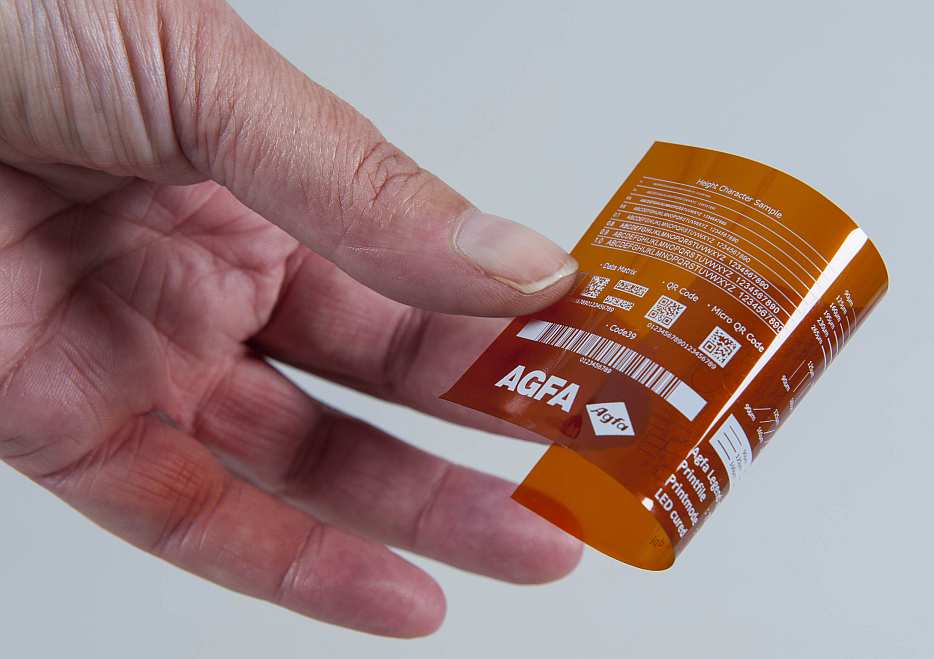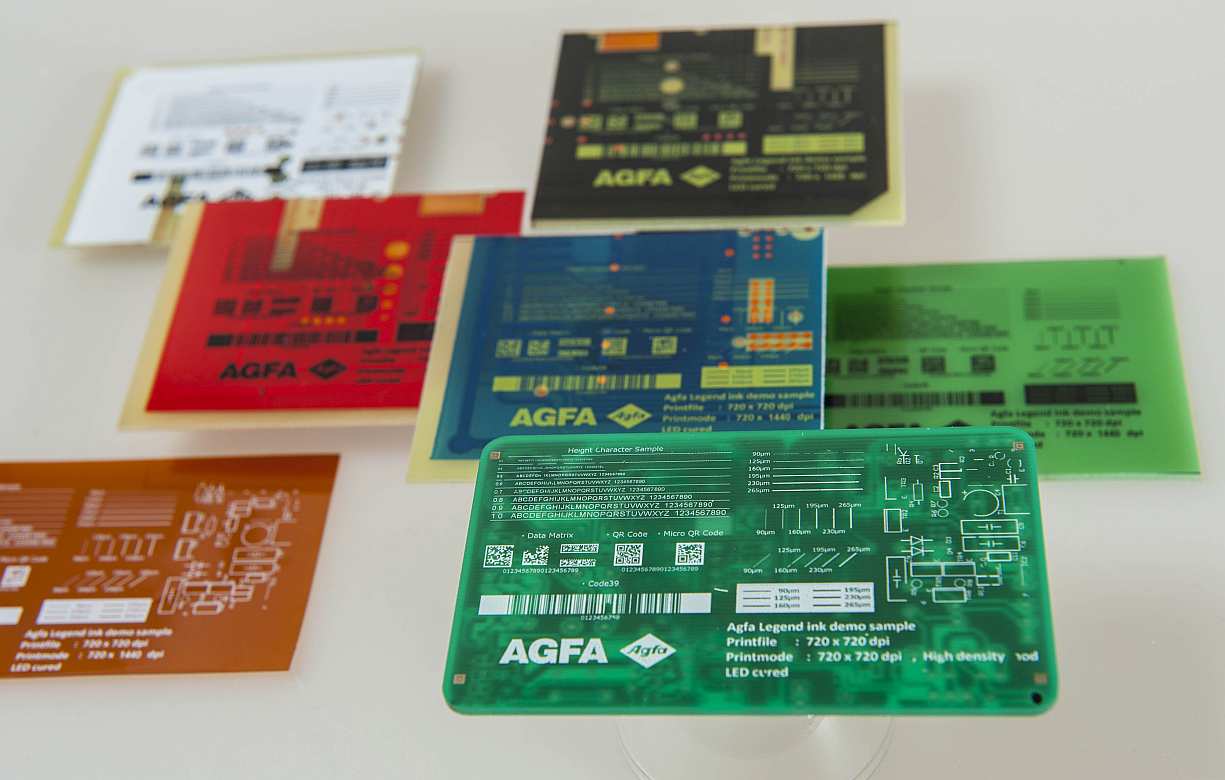 Digital PCB Production using industrial inkjet printing
Digital PCB Production using industrial inkjet printing
By Roel De Mondt, PhD, Agfa-Gevaert N.V.
From photo film to digital camera, from letters to emails, from books to e-readers, from vinyl to MP3: the whole world is turning digital. Yet, ironically, the core compound driving the digitization of technologies and products is still being produced using analog technology. Indeed, printed circuit boards (PCB’s) are the beating heart of all digital alternatives, but the vast majority of PCB’s are still produced using rotogravure print rolls, dry film or coated resists and photo tool films.
Digitizing the digital
When after the Second World War, radio tubes got replaced by semiconductors, the connections moved from soldered copper wires to Printed Circuit Boards (PCB) and it caused the dawn of a new industry. In those 50 years the PCB construction, the production location and the professionalism of the manufactures changed, yet the basic principles did not.
Today, still a full surface copper is used to start from and a full surface resist is added. This is imaged and the resist developed, the copper etched and the resist stripped. Every year the global electronics industry uses about fifteen million square meters of PCB film for which Agfa is a market-leading supplier. The technology is now being changed and Agfa also invests in the future of PCB production. They build on their experience in the PCB market to aim at a continued leading position in the PCB industry.
Industrial inkjet for PCB production
 Industrial inkjet printing for PCB Digital technology has recently become available to replace analog imaging technology: inkjet printing is the digital alternative to the photo-tooling film process. Even though inkjet printing started off in marking/coding and document printing, it grew to industrial in wide-format and billboard printing and is now mature enough for implementation in industrial production processes. Especially inkjet technology based on UV-curable inks jetted by piezo-based industrial print heads is ready for real production implementation. Agfa continuous research and development in this area, has led to DiPaMat Legend White and Yellow inks for legend printing on PCB’s, that have become well-known and readily adopted in the meanwhile. This Agfa DiPaMat Legend inks set has now been extended with a dedicated Black legend inkjet ink and a White legend inkjet ink specifically for flexible applications.
Industrial inkjet printing for PCB Digital technology has recently become available to replace analog imaging technology: inkjet printing is the digital alternative to the photo-tooling film process. Even though inkjet printing started off in marking/coding and document printing, it grew to industrial in wide-format and billboard printing and is now mature enough for implementation in industrial production processes. Especially inkjet technology based on UV-curable inks jetted by piezo-based industrial print heads is ready for real production implementation. Agfa continuous research and development in this area, has led to DiPaMat Legend White and Yellow inks for legend printing on PCB’s, that have become well-known and readily adopted in the meanwhile. This Agfa DiPaMat Legend inks set has now been extended with a dedicated Black legend inkjet ink and a White legend inkjet ink specifically for flexible applications.
Next steps digitization of the PCB production
As a next step in the digitization of the PCB production, UV-curable inkjet inks, which deliver cured layers that are resistant to acidic etching, have now become available. These inks are designed for the production of single layer PCB’s or inner-layers of multi-layer PCB’s. Agfa’s DiPaMat UV curable etch resistant inkjet inks can withstand ferric chloride and copper chloride etching and are caustic strippable. As such, they can perfectly replace the current etch and strip lines.
Benefits of going digital
The assets of digital printing using the UV-curable etch resistant inks are obviously relevant to PCB production: no time-consuming film production and no film exposure step. Equivalent to digital legend inks, the more general advantages of digital print also apply to etch resist inks: faster turnarounds, extremely high flexibility and productivity, reduced floor space and less manual labor, all ultimately leading to cost saving as well. With inkjet printing the images are generated on the fly, allowing for dynamic imaging.
Since digital printing is an additive process, fewer raw materials are used, consequently causing less waste.
New markets explored
Agfa’s DiPaMat Etch Resist inks are designed as part of the Agfa portfolio of functional inkjet inks for the PCB market. However, the this same technology is also used in non-PCB applications where acidic etching and caustic stripping are also used: manufacturing of etched products for photochemical machining: name tags, flexible dies and other chemically milled objects in general because DiPaMat Etch Resist inks not only apply on copper but also on (stainless) steels, brass and aluminum. This allows for digitally powered, image based chemical etching of metals in a market that benefits the most from a digital approach for mass customization.
www.agfa.com


















































































